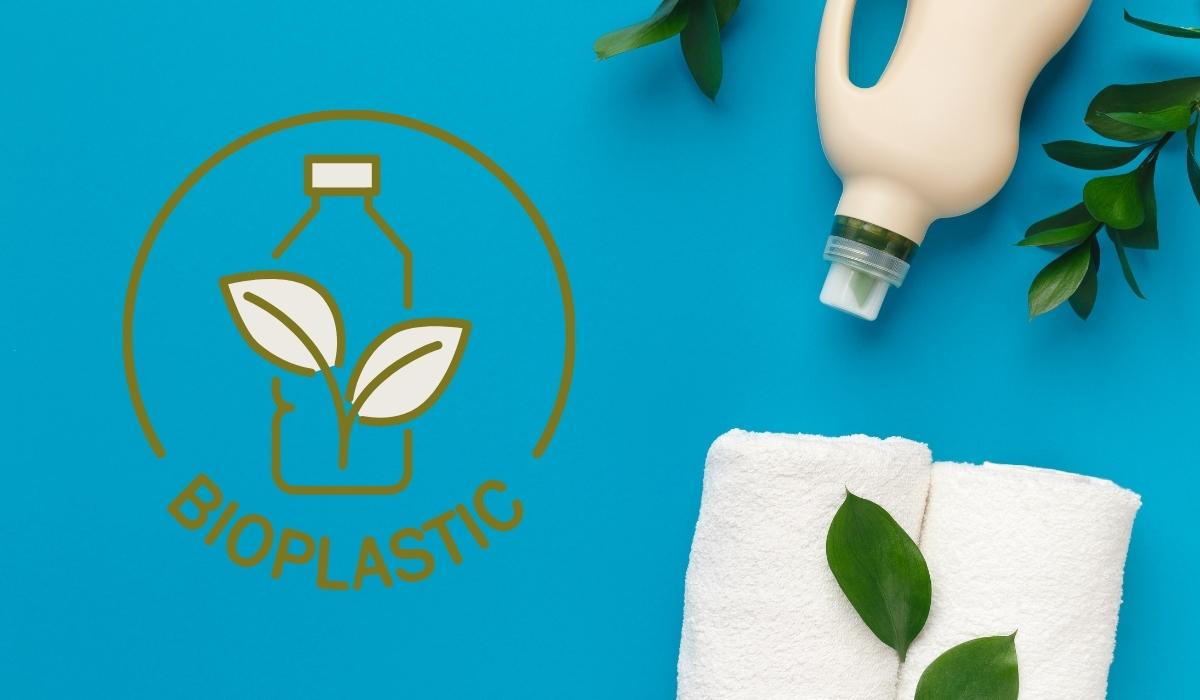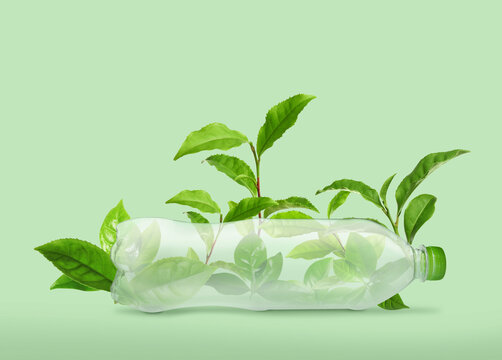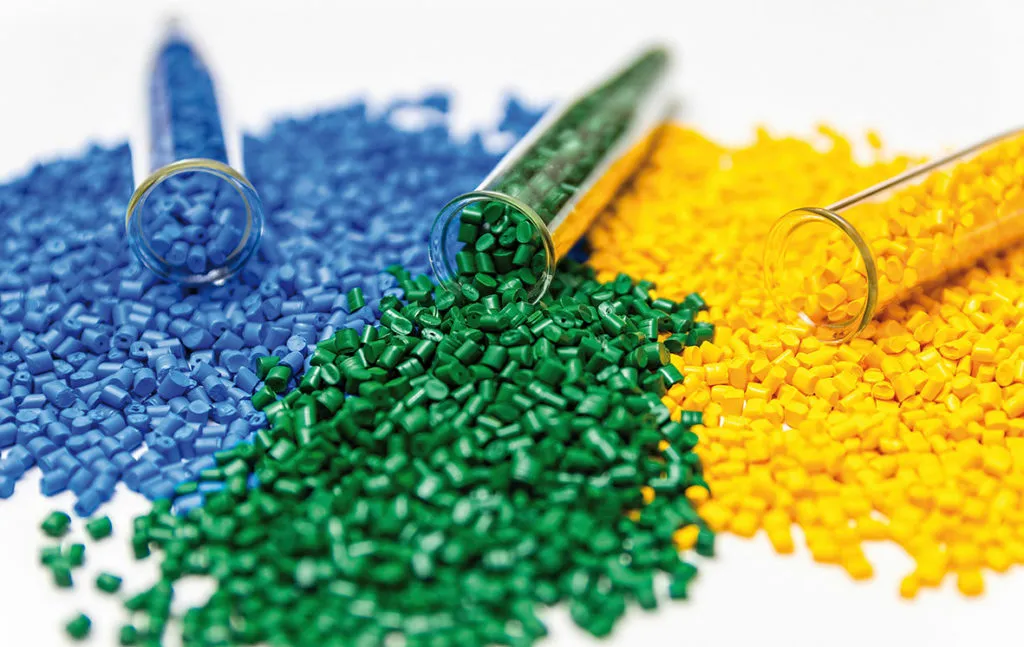Plastics, or more specifically plastic waste, are having a huge negative impact on our environment. Unfortunately, this impact keeps getting worse day by day as demand for plastic products in manufacturing markets continues to rise. So, to protect the environment, bioplastics were created to replace traditional plastics. But are bioplastics really harmless to the environment? Let’s find out!
Understanding the concept of bioplastics

The term “bioplastics” does not refer to a specific type of material, but is a general term for different materials with distinct properties and applications. These materials must meet at least one of two conditions: they must be made from biological materials or be biodegradable.
Why use bioplastics instead of traditional plastics?
Reducing microplastics
It takes at least several hundred years for a traditional plastic product to decompose, but for bioplastics, this process only takes a few months to a few years. Moreover, most bioplastics do not break down into microplastics—which cause cancer and the greenhouse effect—but instead turn into CO2, water, and minerals that are beneficial to the soil.
Reducing carbon footprint
The biological materials used to produce bioplastics are typically natural plants that can sequester CO2 during photosynthesis, such as sugarcane and corn. These plants not only help reduce CO2 levels but also convert them into O2, improving air quality for us.
Sustainable materials
In addition to sequestering CO2, most of the biological materials used in bioplastics are sustainable. This means they can replenish and recover over time, are not depleted when harvested, and do not require large amounts of water or human resources. This is considered an ideal alternative to gradually depleting fossil resources.
Health safety
As we know, traditional plastic products often contain many chemicals that are harmful to consumers’ health. For example, plastic food packaging at high temperatures can break down into tiny microplastics containing toxic substances that stick to food. This situation does not occur with bioplastic products, so your health is always assured.
Bioplastics and biodegradability
Bioplastics and biodegradation
Bioplastics are often promoted for their biodegradability. This offers many times more environmental benefits than traditional plastics, which always leave behind microplastics after decomposition. However, in reality, this type of plastic includes many materials with different structures and properties, and not all of them are biodegradable. To determine which kinds can achieve this, we must delve deeper into the smaller categories of bioplastic materials, including:
Bio-based plastics:

As the name suggests, this type of plastic is made from biological materials such as cassava starch, corn starch, sugarcane bagasse, etc. Bio-based plastics can be made entirely from biological materials or mixed with other materials. During production, the biological materials are fermented into bioethanol and then synthesized to convert into ethylene. From there, they take on properties similar to traditional plastics, including non-biodegradability. Some common types of bio-based plastics today are Bio-PE, Bio-PP, Bio-PET, etc.
Biodegradable plastics:
_ Fossil-based materials: Although biodegradable, this group of materials is actually made from synthetic substances derived from fossil fuels such as coal and petroleum. Typical examples are PBAT, PCL, and PBS.

_ Bio-based: In addition to fossil-based materials, some biodegradable bioplastics are also produced from bio-based plastics. The main bio-based materials are still common types such as bagasse and corn starch, but the processing and manufacturing processes are completely different. To create this type of plastic, bio-based materials must undergo fermentation to become lactic acid. Lactic acid then undergoes polymerization into polylactic acid chains, which have the property of decomposing into water and CO2.
The environmental friendliness of bioplastics
Biodegradability is considered one of the important measures for evaluating the environmental friendliness of a product. Upon closer examination of bioplastics, it becomes clear that not all types of bioplastics are biodegradable. However, this does not mean that plastics derived from biological sources are not environmentally friendly.
Upon closer examination of bioplastics, it becomes clear that not all types of bioplastic are biodegradable. However, this does not mean that bioplastics, especially bio-based bioplastics, have to be a biodegradeble plastics to be environmentally friendly.
Compared to traditional plastic, bio-based bioplastics are designed to enhance recyclability while optimizing the production process to minimize waste. And if recycled properly, bio-based plastics will not have a negative impact on the environment, just like biodegradable plastics. Therefore, depending on our needs, we can choose suitable bioplastic products.
Conclusion
Bioplastics are a necessary choice for replacing and limiting the current flood of traditional plastic waste. However, we also need to understand the different types of bioplastics and know how to properly handle these types of bioplastics so that they can truly fulfill their environmentally friendly potential. Hopefully, this article has achieved that, helping you get closer to a greener lifestyle.
